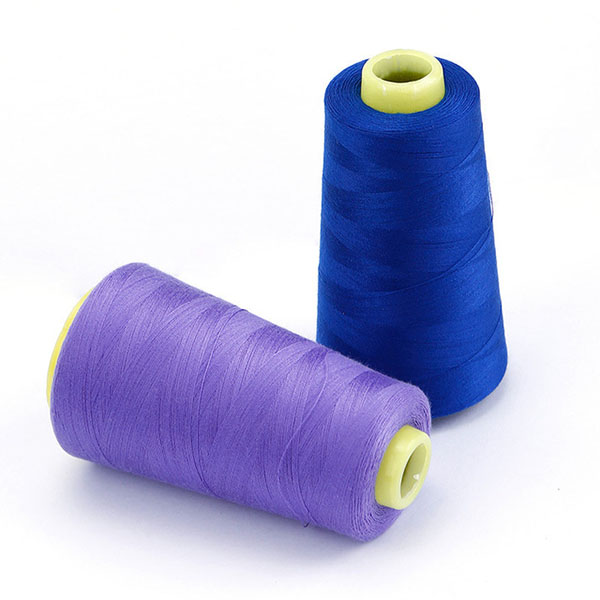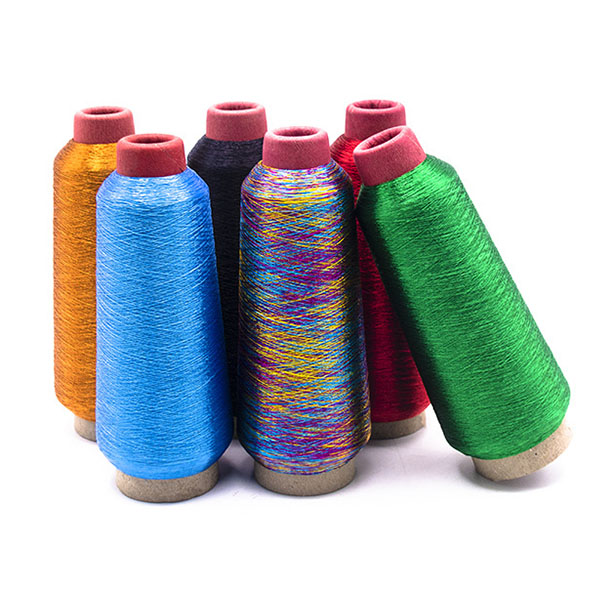Many products in life require sewing polyester thread. Although sewing thread is a small thread, it has played a great role. Sewing thread is the thread required for knitted clothing products. Sewing thread can be divided into three categories according to raw materials: natural fiber, synthetic fiber sewing thread and mixed sewing thread. Sewing thread uses pure polyester fiber as its raw material. Polyester sewing thread refers to: sewing thread produced with polyester as raw material. The following will introduce the quality and application of polyester sewing thread.
Polyester Sewing Thread
The comprehensive index for evaluating the quality of polyester sewing thread is sewability. Sewingability refers to the ability of a sewing thread to sew smoothly and form a good stitch under specified conditions, and maintain certain mechanical properties in the stitch. The pros and cons of sewability will have a direct impact on garment production efficiency, sewing quality and wearing performance. According to the national standards, the grades of sewing threads are divided into first-class, second-class and foreign-class products. In order to make the sewing thread have the best sewability in garment processing and the sewing effect is satisfactory, it is very important to select and apply the sewing thread correctly. The correct application of sewing thread should follow the following principles:
(1) Compatible with the characteristics of the fabric: the raw materials of the sewing thread and the fabric are the same or similar, so as to ensure the uniformity of its shrinkage rate, heat resistance, wear resistance, durability, etc., and avoid the appearance shrinkage caused by the difference between the thread and the fabric.
(2) Consistent with the type of clothing: For special-purpose clothing, special-purpose sewing thread should be considered, such as elastic sewing thread for elastic clothing, and heat-resistant, flame-retardant and waterproof sewing thread for fire-fighting clothing.
(3) Coordinate with the stitch shape: the stitches used in different parts of the garment are different, and the sewing thread should also be changed accordingly. Seam and shoulder seams should be firm, while buttonholes should be wear-resistant.
(4)Unify with quality and price: The quality and price of sewing thread should be unified with the grade of clothing. High-grade clothing should use high-quality and high-priced sewing thread, and medium and low-grade clothing should use ordinary quality and moderately priced sewing thread.
Generally, the labels of sewing threads are marked with the grades of sewing threads, the raw materials used, the fineness of yarn counts, etc., which help us to choose and use sewing threads reasonably. Nylon monofilament sewing thread labels usually include four items (in order): yarn thickness, color, raw materials, and processing methods.
Post time: Jul-13-2022

